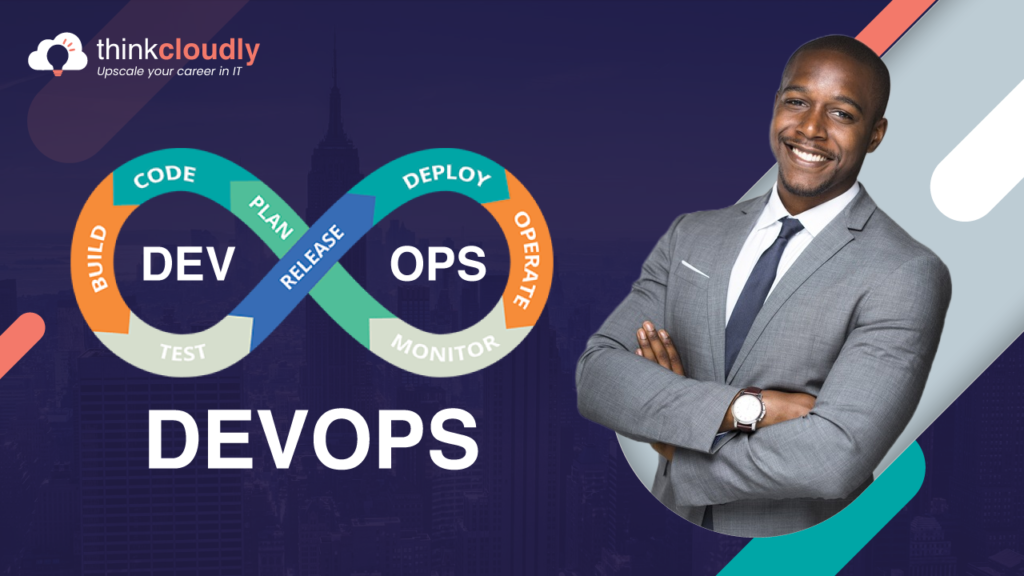“The world is relying on automation and making things easy is the most demanded skill in the current world.”
Yes, we are running towards making things easy. From big-tech companies to new start-ups, all are gaining revenue only because they provide their customers with a convenient service using AI or any tool. Terraform is standing in the market to serve a similar purpose.
Terraform is a tool for infrastructure provisioning. Yes, infrastructure provisioning is a tricky word, but I will make this easy for you till the end of the blog. In this blog, we will walk through what Terraform is, how it is different from Ansible, what is the need for Terraform, how it works, and a concluding word from the writer.
Is Terraform easy to learn? For many beginners, Terraform can initially appear daunting due to its unique syntax and concepts. However, with dedication and practice, it can become quite accessible. Terraform’s declarative approach to infrastructure as code simplifies the provisioning and management of resources, making it easier to understand and maintain infrastructure configurations. Furthermore, the extensive documentation, a supportive community, and a wealth of tutorials and courses are available to help newcomers grasp Terraform’s fundamentals and harness its powerful capabilities. So, while it may seem challenging at first, Terraform’s user-friendly ecosystem can make the learning curve manageable for those eager to dive into infrastructure automation.
Watch This Video to Learn more about Basic of Terraform
What is Terraform?
Terraform is a tool that helps automate and manage your infrastructure, your platform, and the services that run on that platform. It’s a tool for infrastructure provisioning. The term infrastructure provisioning means providing all the benefits to maintain infrastructure. It is an improvising tool for DevOps engineers.
Terraform is open-source and uses declarative languages. So, we come up with a new term: declarative language. Let me clarify the word for you.
Boost your earning potential with Devops expertise. Explore our certified Devops Courses for a high-paying career
- Explore ansible certification
Declarative language: When using a declarative language, we need to justify what we want and what output will be over an input. The language looks over how to reach the desired result. We don’t need to specify the path or algorithm to achieve the final result.
There is a dilemma between Ansible and Terraform in many heads. We always come up with a question about how Terraform is different from Ansible. This dilemma is expected as the official definition of both tools magnifies the same idea. Let me make the differences clear to you first.
Difference between Ansible and Terraform:
Before getting to the differences, let’s first look over two essential phases in software or application development and deployment:
- Infrastructure provisioning: This phase is for managing infrastructure. Let’s say you want to deploy any software, so you will spin the servers where you will deploy several micro applications to make your application in the form of dockers and a database docker. The process consists of creating private network space, launching EC2 server instances, installing dockers and other required tools, and security. The DevOps engineers work on this phase and Terraform works as a helping hand for them.
- Deployment: After the infrastructure, provision comes to the deployment phase, and the software developers work here using Ansible as their helping hand. Conversely, Terraform can also perform this task using other tools, but Ansible suits this phase more specifically.
As the above discussion shows, both the tools are pretty overlapped, but still, there is their specialty where they work better. One is helpful for infrastructure provisioning, while another helps in configuring that infrastructure. After this, it will be pretty easy for you to differentiate between the uses of these tools.
Until now, you know well what Terraform serves but still need the transparency of how does it work? Let me solve that too in the next section of the blog.

Build Your Career as a
DevOps Engineer
- Live Projects
- Resume / Interview Preparation
How does it work?
The working scenario is wholly based on 2 main components:
- Core: This signifies the working and decision-making possibilities. Core takes 2 input sources, the first is Terraform-configuration, and the second is the state. It uses the two inputs to work over the plan for either creation, updating, or deletion.

- Providers: The second major component is providers that can be AWS, Azure, Kubernetes, or more. These providers give access to resources like deploying EC2 instances, namespaces, services, and deployment.
As I said above, Terraform combines these two components and provides a complete application setup.
The concluding points from the writer’s desk:
- Terraform is a tool that helps automate and manage your infrastructure, your platform, and services that run on that platform. It’s a tool for infrastructure provisioning.
- It’s open-source and uses declarative languages.
- Combining core and providers, this tool provides a complete application setup. It has more than 100 providers, which give over 1000 resources.
This blog was a complete easy guide required for you. You can drop your doubts in the comment section. We love to hear from you. For more knowledge, refer to our Terraform course on. Keep reading more blogs on cloud computing. Happily Thinkcloudly!











